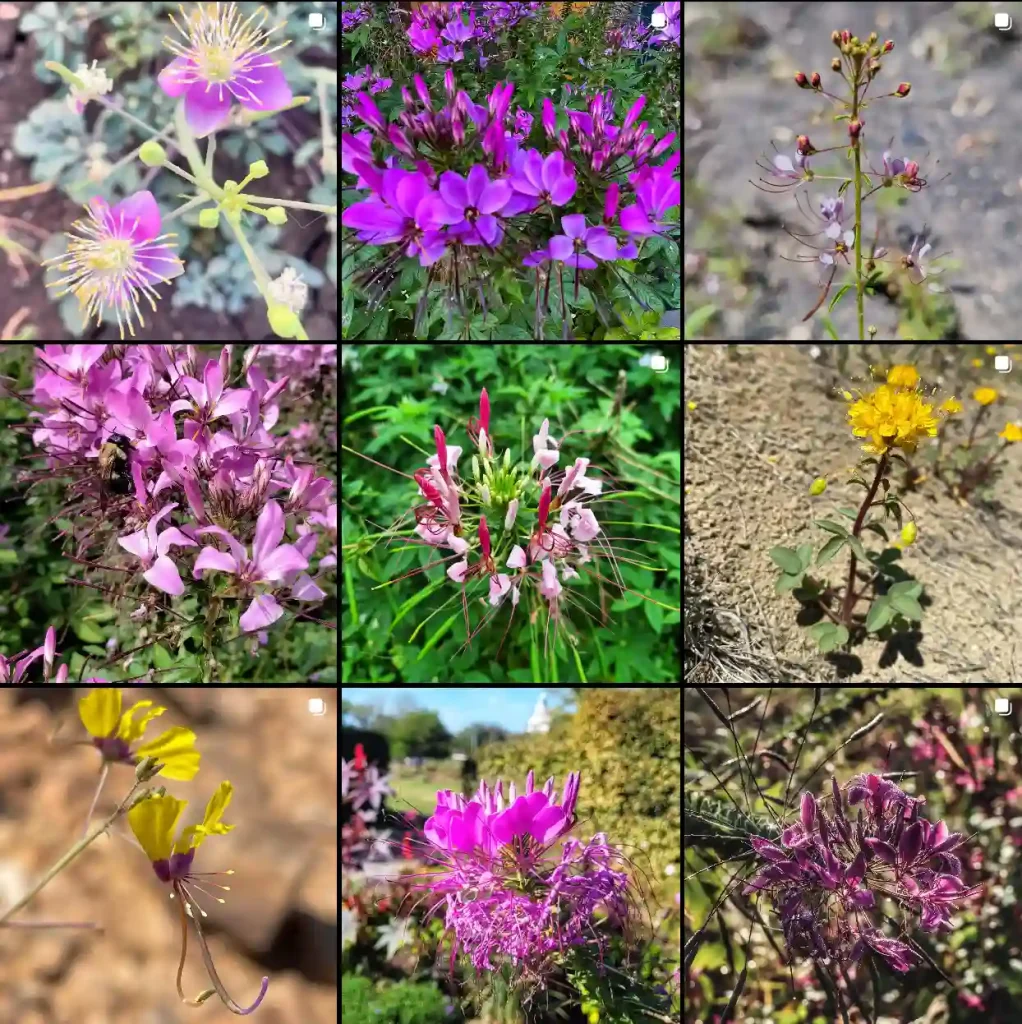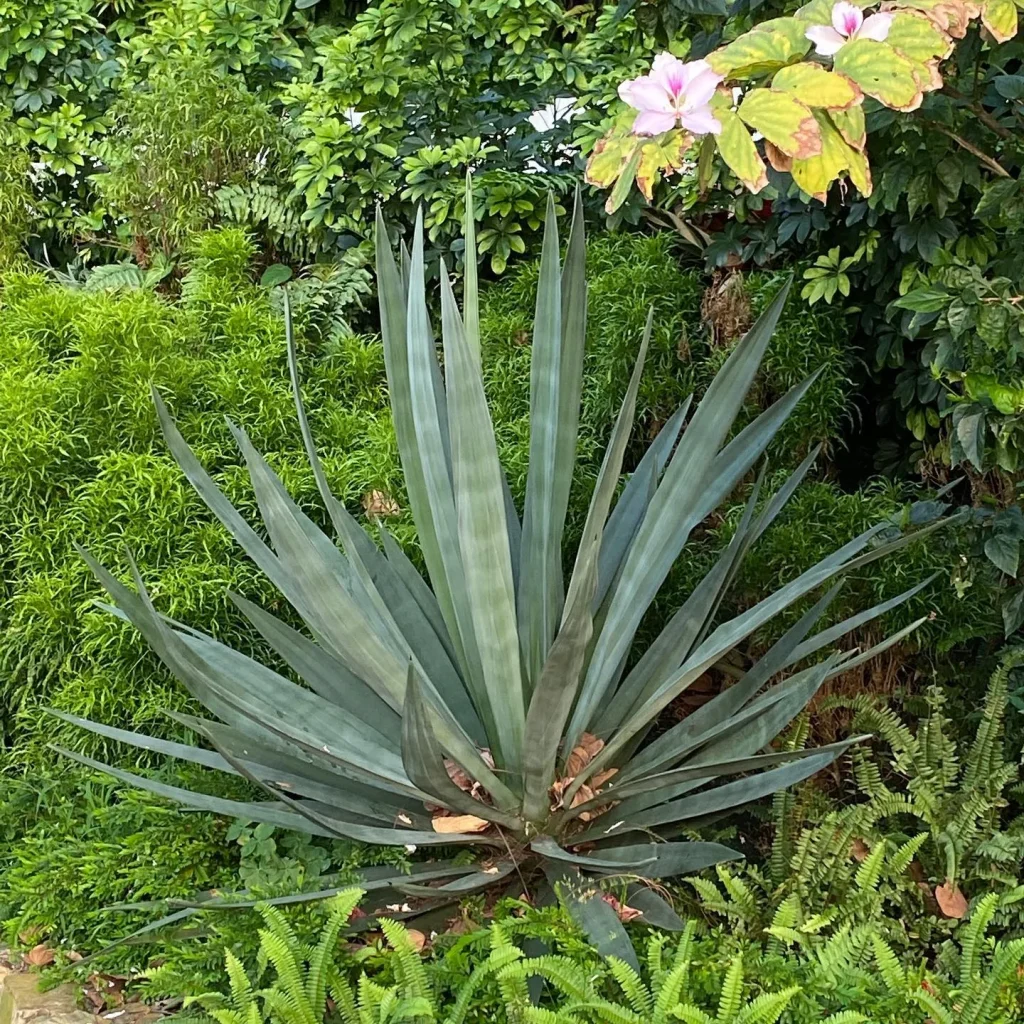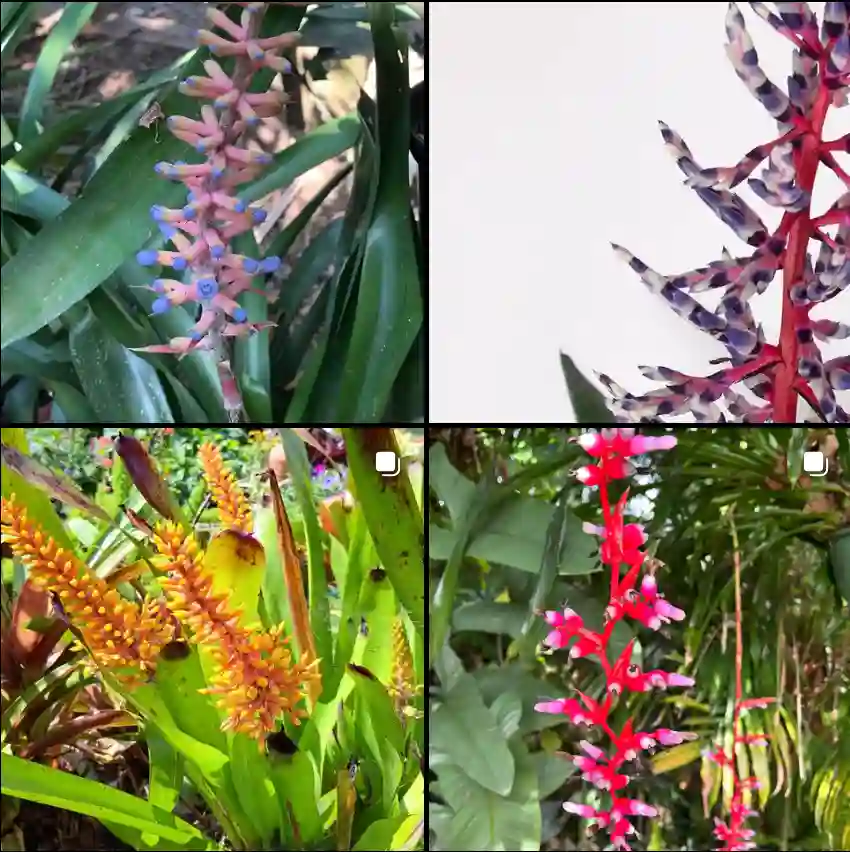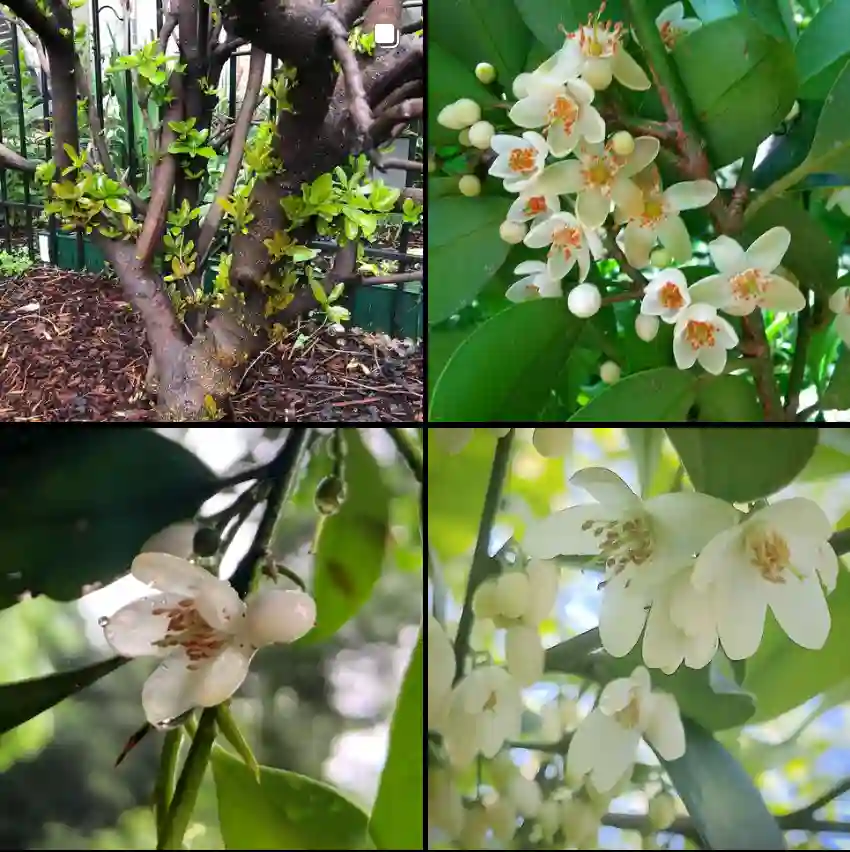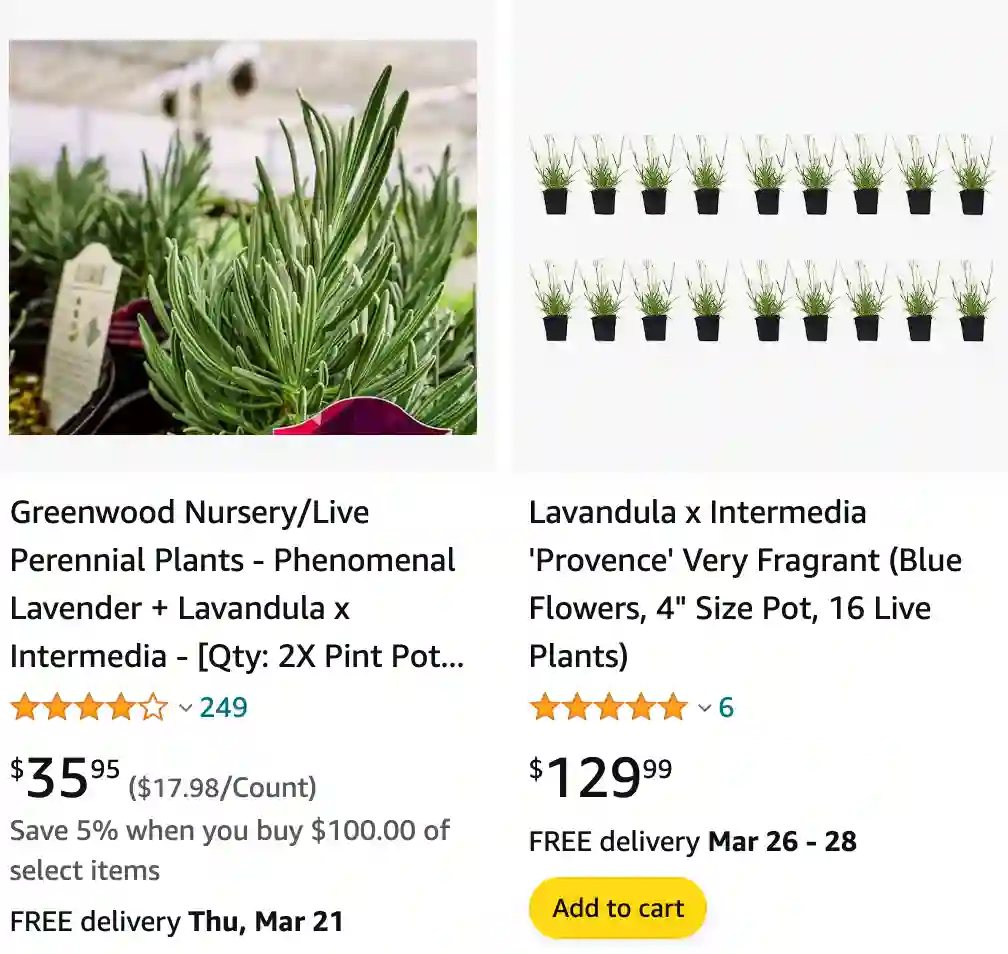
Lavandin: The Showy, Fragrant Workhorse of My Garden
Lavandin, or Lavandula x intermedia, has become a star player in my garden beds. This captivating hybrid lavender boasts not only stunning violet blooms but also a resilience and vigor that makes it a low-maintenance delight. Over the past few seasons, I’ve been thoroughly impressed by its unique characteristics, and I’m eager to share what I’ve learned about this fragrant favorite.
49 Species in Genus Lavandula
What is Lavandula x intermedia?
Lavandin is a result of a happy accident – a natural or cultivated cross between Lavandula angustifolia (English lavender) and Lavandula latifolia (Spike lavender). It inherits the best traits of both parents, developing into a larger, showier plant with longer flower stalks than its English lavender cousin. The blooms tend to be a broader, more intense shade of violet, creating a captivating visual impact in the garden.
Is Lavandin a Perennial?
Yes, lavandin is a perennial, meaning it will come back year after year with proper care. In warmer climates with mild winters, it can even retain some evergreen foliage. However, its hardiness can vary depending on the specific cultivar. Some lavandin varieties, like ‘Grosso,’ can tolerate colder temperatures down to around 15°F (-9°C), while others may require a bit more winter protection.
How to Care for Lavandin?
Lavandin thrives in sunny locations with well-draining soil. In fact, good drainage is crucial – these plants don’t tolerate soggy conditions. When planting, amend your soil with sand or gravel if necessary to ensure proper drainage. Watering needs are minimal once established, making lavandin a drought-tolerant choice. Aim for deep watering when the soil feels dry to the touch, and allow it to dry completely between waterings.
Lavandin benefits from regular deadheading throughout the blooming season. Simply snip off spent flowers to encourage continued flowering and maintain a tidy appearance. Towards the end of the season, you can also give the plant a light pruning to shape it and encourage bushier growth.
Is Lavandin Edible?
Lavandin, like most lavenders, is indeed edible. However, it possesses a stronger, more camphoraceous aroma compared to English lavender. While you can use the leaves and flowers in small quantities for culinary purposes, a lighter hand is necessary due to the more intense flavor profile. Lavandin is best suited for dishes where a bolder lavender taste is desired, such as stews, marinades, or herbal teas.
Pro Tip: When using lavandin for culinary purposes, it’s always recommended to start with a small amount and adjust to your taste preference.
Where to Buy Lavandin?
Lavandin is a popular choice for gardeners and is widely available at most nurseries and garden centers. You can also find a vast selection of lavandin varieties online from reputable plant retailers. When choosing a plant, select one that appears healthy and pest-free, with vibrant green foliage and no signs of wilting or disease.
Additional Tips for Lavandin Success
- Lavandin is a magnet for pollinators like bees and butterflies, making it a welcome addition to any pollinator-friendly garden.
- Consider using lavandin as a low-growing hedge or border plant. Its fragrant foliage creates a beautiful and functional addition to your garden design.
- Lavandin can be propagated through cuttings or seeds. However, cuttings offer a more reliable way to ensure the new plant retains the specific characteristics of the parent plant.
Planting Dreams: My Lavandin Cultivar Favorites
According to my actual experience, Lavandula x intermedia has an array of captivating cultivars, each with its unique charm and characteristics. Let me take you on a journey through my personal favorites:
1. Lavandula x intermedia ‘Grosso’ (Lavender)
In the realm of Lavandula, ‘Grosso’ stands out with its robust nature and intense fragrance. I can attest to the beauty of its deep violet flower spikes, reaching impressive lengths of 6 inches. Crafting wands or sachets with its dried flowers has become a delightful pastime, preserving both scent and color.
2. Lavandula x intermedia ‘Hidcote Giant’ (Lavender)
‘Hidcote Giant’ makes a distinct statement in my garden with its large, vibrant violet flower spikes held high on elegant stems. The strong fragrance is a testament to its allure, making it a favorite for cut flowers and wand-making. The visual impact of this Lavandin variety is truly striking.
3. Lavandula x intermedia ‘Impress Purple’ (Lavender)
For fresh bouquets that leave a lasting impression, ‘Impress Purple’ takes the lead. Abundant, strongly scented, and boasting rich dark purple flower spikes, this cultivar rises high on long stems, perfect for cutting. It has rightfully earned its place as a top choice for creating stunning arrangements.
4. Lavandula x intermedia ‘Phenomenal’ (Lavender)
‘Phenomenal’ lives up to its name as an early bloomer among Lavandins. Its compact, rounded shrub adorned with sweet-scented violet-blue flowers is a visual treat. The exceptional winter survival of this cultivar adds to its appeal, making it a reliable choice for any garden landscape.
5. Lavandula x intermedia ‘Provence’ (Lavender)
In humid summers, ‘Provence’ shines with its prolific blooming and exceptionally large flower spikes. This Lavandin variety, known as ‘Fat Lavender,’ adds a touch of elegance to my garden with its pale lavender highlights. Creating hedges with ‘Provence’ has become one of my favorite landscaping choices.
6. Lavandula x intermedia ‘Seal’ (Lavender)
‘Seal’ graces my garden with its highly aromatic and free-flowering nature. The long violet-blue flower spikes, rising gracefully on leafless stems, make it a visual delight. The soft and pleasant fragrance lingers, making it a preferred choice for lavender bags that emanate soothing scents for years.
By incorporating lavandin into your garden, you’ll be rewarded with a captivating display of fragrant blooms that add both beauty and utility to your outdoor space. With its low-maintenance nature and long-lasting appeal, lavandin is sure to become a cherished addition to your gardening repertoire
If i die, water my plants!
